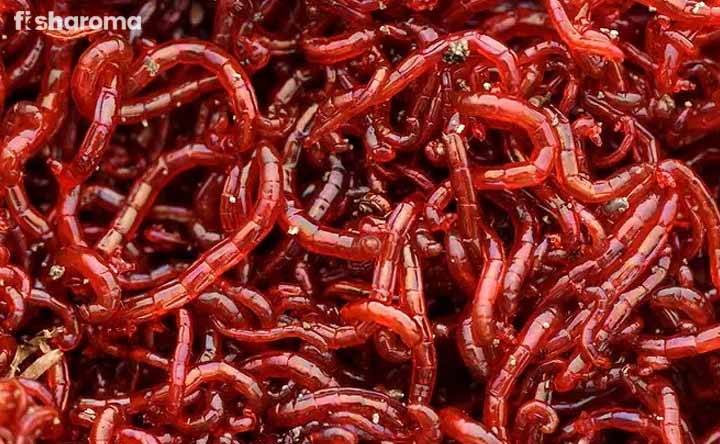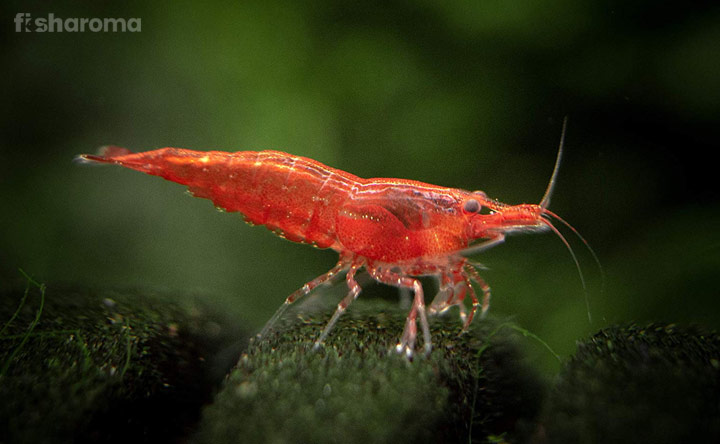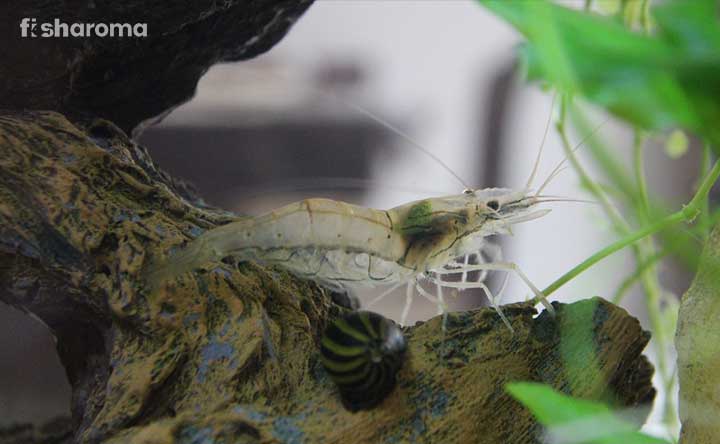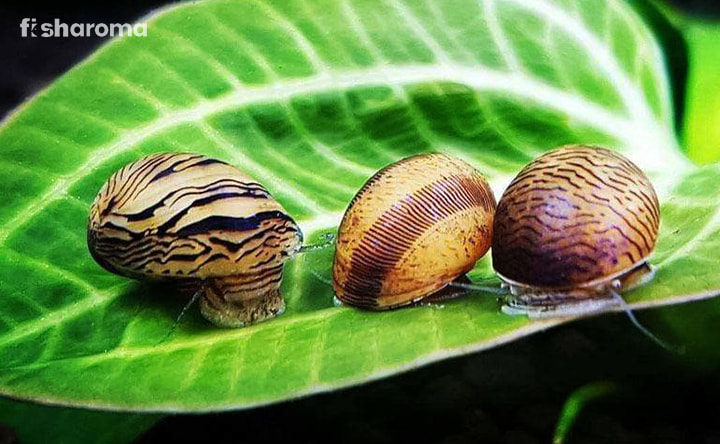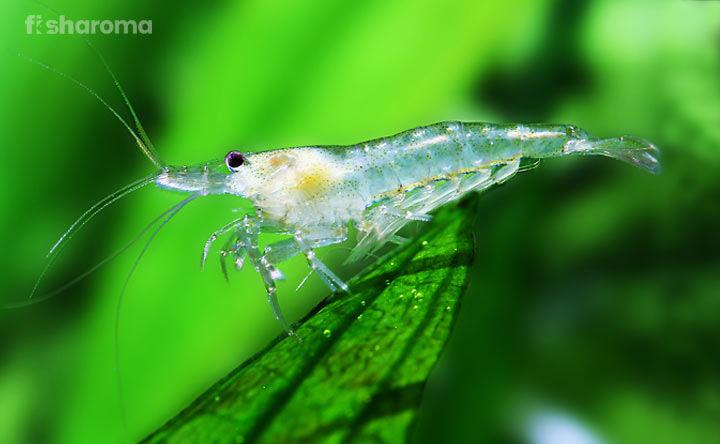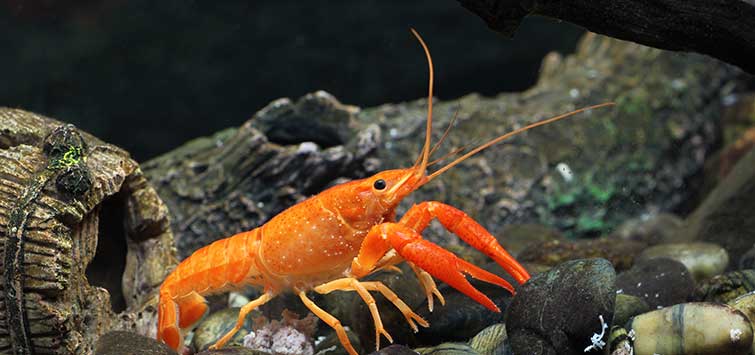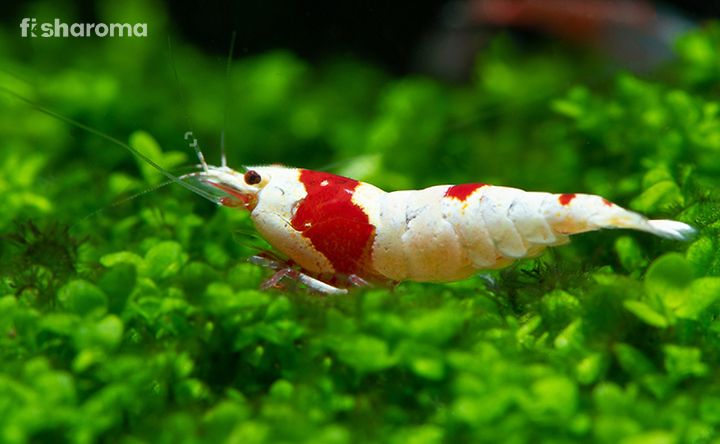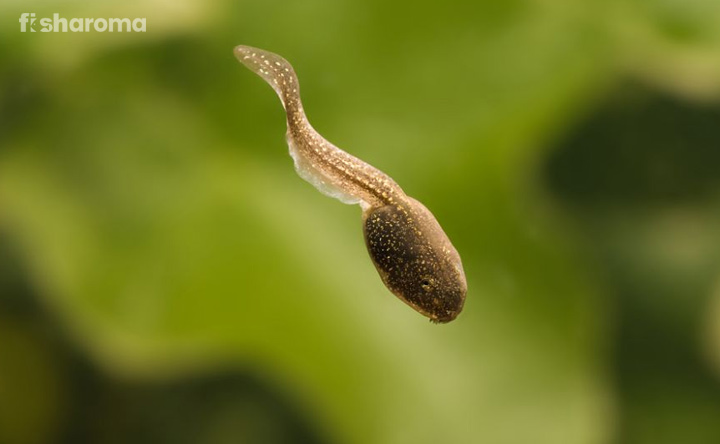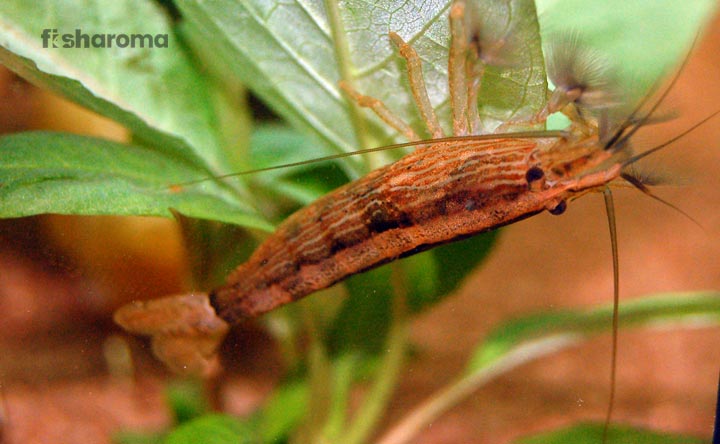The Complete Care Guide of the Beautiful Ramshorn Snail
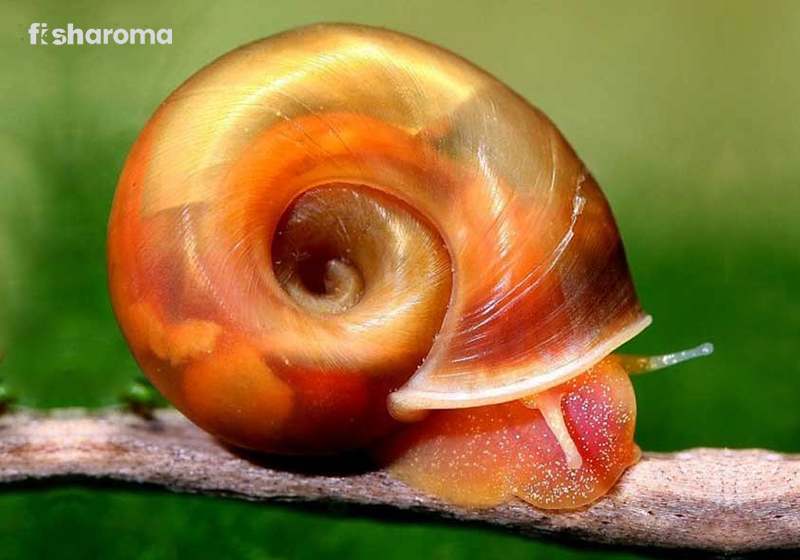
Are you tired of hosting the same regular fish in your aquarium? Are you looking for a change of look by introducing new species to your tank? Are you spending way too much time on the internet trying to find the best non-fish pet that you can bring home?
Well, if the answer to any of those questions is yes, then we highly recommend you to bring home the magnificent Ramshorn snail home. Regarded as one of the most popular non-fish pets out there, you will have a delightful experience when you host them at your home. However, rearing tem healthily requires adequate knowledge regarding their lifestyle. This is why we are bringing before you an all-inclusive care guide of the same.
Key Specifications of Ramshorn Snail
Before we take a deep dive into their lives, it is important that we take a sneak-peek into some of their most important features.
| Scientific Name | Planorbella duryi and Planorbarius corneus |
| Origin | Cosmopolitan areas |
| Lifespan | 1-3 years |
| Colours | Black, red |
| Temperament | Peaceful |
| Size | 1” (2.5 cm) |
| Diet | Omnivore |
| Family | Planorbidae |
| Compatibility | High |
| Tank Size | 5 gallons |
| Care Level | Easy |
Overview
Despite being counted amongst the most common forms of non-fish pets, Ramshorn snails are very controversial in the aquarist community. While they can be great pets, they can also act as pests in some aquariums. So, what you want to do with them is up to you. May be reading this care guide and about their lives will help you come to the right conclusion.
They belong to the Planorbidae family. The most common species among them are that of Planorbella duryi and Planorbarius corneus, however, there are plenty of other species in this family as well.
Origin & Habitat of Ramshorn Snail
Ramshorn snails are pretty abundant in the wild and can be easily found in cosmopolitan areas globally. You can find them living in most continents. As such, their living conditions can vary greatly. However, in most cases, they are seen in freshwater bodies such as slow-moving rivers or lakes or even ponds.
Some variants can eve survive in brackish water, although we don’t recommend using the same in your home.
Appearance of Ramshorn Snail
The shells of Ramshorn snails spiral sinisterly, meaning the opening is mostly slanted to the right-hand side. They are circular in shape.
Size of Ramshorn Snail
These snails are extremely small in size, growing up to an inch (2.5 cm) in diameter.
Colour of Ramshorn Snail
Mostly, Ramshorn snails are seen in black and red colour. Black Ramshorn snails get their colour from the presence of melanin while red Ramshorn snails lack melanin. As such, they appear red due to the colour of their blood.
Although most snails have green blood since they produce green haemoglobin, that is not the case for Ramshorn snails since they have red haemoglobin. There are some rare variants of Ramshorn snails that are blue or pink in colour. These are results of selective breeding. As such, their offspring would look similar to their wild counterparts.
The shells of Ramshorn snails are usually translucent, although they can appear black due to their diet. This is why most Ramshorn snails that are found in the pond have dark shells. Moreover, older snails tend to have dark shells.
Behaviour of Ramshorn Snail
They are pretty peaceful by nature and spend most of their time searching for food instead of disturbing other creatures. They, however, will nibble delicate plants and gastropod. So, be careful.
They are slow-moving creatures. Remember, they need to breathe oxygen. Therefore, you will find them coming to the water surface to access oxygen. They control the amount of air in their shell. When they want to sink to the bottom of the water column, they instantly expel the air.
Lifespan of Ramshorn Snail
Usually, they live up to one year but in a healthy environment, they can even live up to three years.
Diet of Ramshorn Snail
Ramshorn snails have a wide diet range. They eat virtually anything, living or dead. Since they are great algae-eaters, many aquarists love to keep them in their tanks.
Besides, they also consume fish wastes, flakes, pellets, dead plants, and dead fish. Their presence helps in cleaning the substrate clean as they consume anything that falls on the substrate. Vegetables are also their favourites, including zucchini, spinach, and cucumber. Try and provide calcium in their diet as well since it would help in keeping their shells strong.
Tank Requirements for Ramshorn Snail
Let us find out the living conditions you need to provide in a Ramshorn snail tank.
Tank Size
Their little size allows them to be kept in tanks as small as 5 gallons. However, a large tank is preferred if you want to host a bunch of them together or if you want to keep a community tank.
Tank Lid
Provide a tank lid so that your aquarium stays clean and your snails are not able to escape.
Substrate
Ideal substrate would be fine-grained sands since they would create a smooth surface at the bottom of the tank.
Filter
You need a good filtration system if you are hosting a bunch of snails together. Make sure not to overload your filtration system.
Ornaments
Provide them with rocks, pebbles, and bogwoods or other similar structures where they can climb over.
Presence of Flora
Don’t keep any delicate plants since they will nibble them. However, keeping plants ensure that they can feed on the dead plant matters when they fall on the substrate.
Cleaning Method
Clean your tank on a monthly basis. Don’t use any soap-based product to clean it since its harmful residue will affect the health of your snails. Use a soft cloth and dip it in lukewarm water to clean the interior walls of your tank. Put the substrate and ornaments under running tap water to get rid of dirt and debris.
Water Type for Ramshorn Snail
Let us now figure out the type of water you need to put in their aquarium.
Temperature
The temperature of the water should be 21-25° C (70-78° F). You can use an aquarium heater and an aquarium thermometer to ensure that the temperature remains the same.
pH Level
Try to keep the pH level of the water between 7-8.
Replacement Procedure
Water replacement is an integral part of the healthy maintenance of your aquarium pet. So, make sure that you replace the water in any of the three following methods:
- Replace 10 per cent of the tank water every week, or,
- Replace 25 per cent of the tank water every 15 days, or,
- Replace 40 per cent of the tank water every 30 days.
Compatibility of Ramshorn Snail
You can keep 1-2 Ramshorn snails per gallon of tank water. They can survive well with each other.
Suitable Tankmates for Ramshorn Snails
Their peaceful temperament allows them to be kept with most other species. Keep them with small species since there is no danger of them being eater by them. Invertebrates can also be great since they are no direct threat to them.
Some idea tankmates for Ramshorn snails are as follows:
- Tetra
- Corydoras Catfish
- Danio
- Ghost Shrimp
- Amano Shrimp
- Other snails
Unsuitable Tankmates for Ramshorn Snails
Avoid species that are known for eating snails or their shells. Snails are slow and can’t escape. Also, unlike most other snails, they don’t have any operculum. As such, they can’t seal their shell once they have retreated inside. This makes them more vulnerable.
Avoid keeping them with Goldfish, loach, and Crayfish, and other similar creatures.
Breeding of Ramshorn Snail
Breeding Ramshorn snails is pretty easy. In fact, you probably would have to stop it. They are able to reproduce both asexually and sexually. This is why the population of Ramshorn snails can get a bit out of control.
They lay transparent eggs over various surfaces on the tank. In about three weeks, those eggs become independent snails. Soon after hatching, they would bury themselves in the substrate, only coming out at night.
In order to control them from reproducing too much, you can limit the amount of food for the time being.
Summary
Ramshorn snails are amazing non-fish pets. They are extremely hardy and can survive in various conditions. However, try and provide them with the best living condition so that they can live a longer life.
They can breed uncontrollably. So, try and control that by limiting the amount of food for the time being. Try to keep the aquarium as clean as possible. Provide them with a calcium-rich diet.
However, if you don’t provide them with enough food, then their shells would be stunted. Remember, not to provide them with any food that contains copper since that is toxic to them. Also, look out for white spots on their shells since that could be a sign of parasites. Make sure to always check for copper content in the ingredient of the food. If there is copper, then you should not provide them that.
Care Guides of Other Non-Fish Pets
If Ramshorn snails interest you, then we feel certain that you would be interested in these other snails as well.
- Ghost Shrimp Care Guide: If you want some ethereal beauties in your aquarium, then we highly recommend you bring home Ghost Shrimps.
- Amano Shrimp Care Guide: One look at these majestic creatures and you will realise why they are one of the most popular non-fish pet choices.
- Flower Shrimp Care Guide: Known for their mesmerizing beauty, Flower Shrimps can be a great addition to your tank. Learn from here how to pet them.

